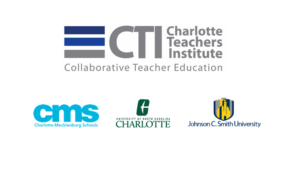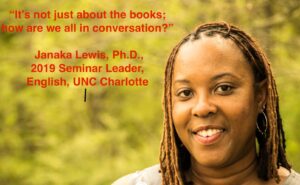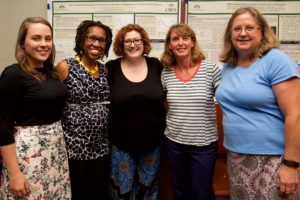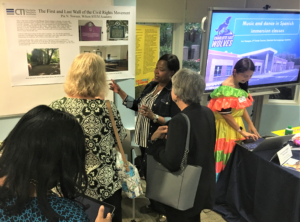Eboné Lockett, English, CATO Middle College HS
Tag Archives: memorials
2017 Vol 4: Memorials, Memories, and American IdentityMonuments and Memorials of the Marginalized “Off the Beaten Path”
May 21, 2018 – 3:39 pm
Living Memorials to Spectacular Scientists, Engineers, and Mathematicians
January 31, 2018 – 5:02 pm
History Repeating Itself: Looking at Slavery and the Civil Rights Movement in North Carolina and What It Means Today
January 31, 2018 – 4:57 pm










 Home
Home